In the first part of this piece (found here), we talked about the mission and vision at the core of our work with children preparing to receive their First Communion: we are there to form disciples. As a part of that vision, it is crucial that we begin to look beyond the beauty and specialness of the day itself–though of course we do not forget it. We look forward and within, into the life and worship of the parish community and the wider Church of God–their fellow disciples in the journey, whose company they are preparing to join. We visited the idea of working intentionally, through repertoire choices and other aspects of the day, to link the First Communion celebration with the week to week and season to season life of the larger community.*
It is a process that takes planning and consistency, and each time I’ve been part of the process of shaping evolving norms and ways of thinking at parishes where I’ve ministered, there has been a mountain of cultural history (most often voiced as “but this is the way we’ve always done it”) to work through. History takes a long time to shape, and it will of necessity take a correspondingly long time to begin to shift. (If you are in a parish where this is not an issue, blessed are you among musicians!)
So, let’s look at just one of those ingrained cultural moments we so often seem to run into: the opening procession.
(Let me preface this with a disclaimer and a caveat. As one writing publicly about liturgical formation, and as one with advanced degrees, and who has taught liturgical/musical studies at the graduate level, please be assured that I do know the documents, I am familiar with the rubrics as well as the deeper theological underpinnings of the various rites, and given the choice I definitely prefer to take those as the starting point from which all else flows. In fact, there is a nervous little part of me right now going, “Oh no, what if my wise liturgical colleagues read this and hear me suggesting things that don’t necessarily fall in the liturgical best practices envelope? What if they see me openly compromising my Educated Liturgical principles? Will they take away my liturgist card?” But I am also very well-acquainted with the reality that not everyone in leadership in every parish has read and studied said documents, and that saying “This is what the documents say, so this is right and the way you’ve always done it is wrong” would be not only hurtful to one’s colleagues, but also ineffective in actually, you know, producing growth in the life-giving direction of letting the rich symbolism of the liturgy speak as it is crafted to speak. Sometimes being together is more important than being right. Sometimes we need to begin in a place we did not choose–but always holding the end in mind, and slowly help our communities move there.
In other words: ultimately, we have to Make It Work. End of disclaimer.)
Back to the opening procession. Almost everywhere I have ever been, First Holy Communion has begun with an elaborate and lengthy procession of all the children in their beautiful clothing, carefully spaced to ensure optimal visibility (and photographability). Music has usually been entirely instrumental, or has had the children enter to an instrumental piece followed by a separate opening hymn as the liturgical procession follows them. I can understand this, at least. In this beautiful moment, parents want to see their children walking into church; if there was ever a time when being buried in a worship aid is not a valid expectation, this is it.
However, in most of the places I have ministered, the catechetical teams have tended to a tradition of the children entering to Pachelbel’s Canon in D or the Trumpet Voluntary of Jeremiah Clarke or something of that ilk—music I mostly know, as I am certain do most others, from playing it for weddings.
Think of the imagery here: boys in suits and little girls in white dresses and veils processing into church to wedding processional music. Is this the image the Church calls us to in this moment? The Eucharist is its own powerful sacrament, one of the three sacraments of initiation; must we overlay it with such heavy imagery of another sacrament here in this moment? Are there other choices we might make, choices that would put the focus on the processional as the start of a wonderful and special eucharistic gathering, rather than as an “event” of itself?
For the moment, let’s assume that we do want an instrumental piece for the part of the procession where the children walk in (something I would not take as a given, and the documents certainly do not, but more on that later). What if we chose a piece of music that could automatically segue into a congregational piece, at the very least expressing in a concrete way that the children’s entry is part of the liturgical gathering?
Just as an example: for several years, at one parish, we played Bach’s “Jesu, Joy of man’s desiring” as the children processed in. (I am aware that this one also appears on many “Wedding Processional” lists in various places; in this parish, however, it was rarely used as such, and its relative cultural familiarity made it an acceptable substitute for the planners I was working with.) We then seamlessly segued into James Chepponis’s “Come to the Banquet”—a wonderful and lively song in G major compound time like the Bach–and all began singing together as the liturgical procession entered the church. Since this song was in our regular parish repertoire already, parents and children already knew its easily singable refrain by heart and could join in while the choir and cantors sang the verses.
I still kept thinking, though, of #31 in the Directory for Masses with Children, which reads: “The children’s entering in procession with the priest can serve to help them to experience a sense of the communion that is thus being created”–clearly an invitation to the children to enter not in a separate formal procession of their own, but with the ministers.
What if, instead of keeping these pieces separate, we instead blended the two pieces of music, shifting back and forth from “Jesu, Joy” to “Come to the Banquet” during the time the children were walking, slipping an instrumental verse and refrain of the Chepponis between statements of the Bach material? Musically as well as symbolically, this is far more aurally satisfying than simply playing through all of “Jesu Joy” three or four times in unceasing succession before shifting to the congregational song. (There were a lot of children.) While not perfect, and acknowledging that some people might be even more upset with disrupting the integrity of the Bach than the integrity of the should-be-sung opening of the liturgy, this solution honors the desire of those who hold onto “the way we always do this,” and at the same time achieves the sense of a unified procession linking the children, the ministers, and the Sunday liturgical experience. In future years, one might then consider singing those interpolated refrains…and then singing the verses…
It might take years to arrive where you are trying to go, but the final destination is worth it. Incremental shifts in practice like this one, over time, can continue pushing the needle further and further–in this case, from the original quasi-bridal procession of the children in pairs–with the goal of making this celebration feel like a joyful and celebratory eucharistic gathering of all the people of God, welcoming these little ones to the table for the first time.
I have also been in parishes where we did not assume that the opening piece had to be instrumental. One can have great success with a congregationally sung opening for First Communion, as long as it can be sung, by all, mostly from memory. A joyful Taizé ostinato like “Laudate Dominum” or “Let us Sing to the Lord!”—especially if they are already in the parish repertoire (and if they are not, it’s a good idea to get them there before introducing them at First Communion)—would be very easy to sing without programs, especially if a few minutes were taken at the beginning of the liturgy to teach the simple refrain to all those gathered and encourage them to take part in the singing. Consider “Uyai Mose/Come, All You People” in its new call-and-response setting arranged by Gary Daigle, a joyful song that can easily be sung by everyone without booklet in hand. It can be a wonderful thing for the children, who are often nervous as they enter the full church on this big day that they have been preparing for so long, to be surrounded and even embraced by the joyfully singing voices of their families, inviting them into the space on this day.**
Note too that choosing music from the regular Sunday liturgical repertoire, in addition to offering music that links the First Communion celebration to the Sunday liturgical practice of the community, renders unnecessary that most dreaded and love-of-music-killing phenomenon of many First Communion processes: the dreaded “Song Practice” where the children “learn their songs” for First Communion, and where the songs are often treated as another assignment or classroom-based lesson before they may come to the table. In a perfect world, Sunday Eucharist should be all the “song practice” they need. They, and we, are the same community–why would we choose music that obscures that beautiful reality?
One significant change that more and more parishes have begun to explore is to offer the option—or the norm—of having their children receive communion at the regular Sunday liturgies during the Easter season. In these communities, children might be scheduled for a specific day and time, maybe 6-10 per liturgy, and their reception at the table takes place literally within the Sunday community. Depending on how many children a parish is initiating, entire Easter season can become a time of welcome and celebration. This model bypasses many of the challenges presented by the separate First Communion liturgy on a Saturday, and it is a beautiful thing: this smaller group of children, with their parents and families all present (in this contexts we are not faced with “you can only bring as many family members as will fit in the pew” or ticket distributions to make sure everyone fits), can enter with the liturgical procession in the beginning of liturgy, and then can be be called up around the altar for the Eucharistic Prayer. They are welcomed to the table individually and by name, rather than as a whole “classroom” group. The logistics of planning and organizing, coordinating with catechists and clergy and music and liturgy departments, can be complicated especially early on, but once it settles into the rhythm of the community, it’s a truly lovely thing. (And, by the way, it also needs add no more than a minute or two to the total length of the liturgy.)
I have had the pleasure of witnessing and praying in this kind of within-Sunday-liturgy celebration several times. However, when I have tried bringing the idea back to the parishes I have served, it was generally met with horror and absolute resistance. A Sunday celebration, without all the children together, without the formal processional at the beginning and highly choreographed Communion procession–not to mention without the children’s group song at the end (a rant for another post)– represents a deep and countercultural departure from the way most of us (at least where I live) “have always done it.” The cultural history runs deep, and on some level we all instinctively know that to change the way we ritualize our most important life moments is to change who we are as a people. And that change cannot come until we are ready for it.
The opening procession is just one liturgical moment—but it is the first such moment in the gathering, and every moment is an opportunity. Every hymn or song we choose, every choice we make about sound or silence or movement, is going to speak volumes.
It is up to us to be awake and alert to what it is going to say.
I would love to hear about your creative approaches to First Eucharist in your parishes! Regardless of where you started and what traditions are firmly entrenched in your parish practice, how have you, through music, helped shift the needle toward a deeper connection with the ongoing life of the Christian community?
–Jennifer
*An increasing number of dioceses in the United States are shifting to the restored order of the Sacraments, bestowing the Sacrament of Confirmation prior to First Eucharist; this would of course shift the dynamic of how these liturgies are celebrated and merits a post all of its own.
**In fact, this very concept is what I express to the families and guests when I teach the opening song before the children come in: “The children are excited, but they are also a little nervous; as we welcome them to the table with us for the first time, let’s surround them with our voices, so that as they walk into church and down the aisle, they can feel and hear our love and welcome surrounding them, and we can help transform that nervousness into happy anticipation.” People who normally would not want to sing will sing when they are singing for their kids.

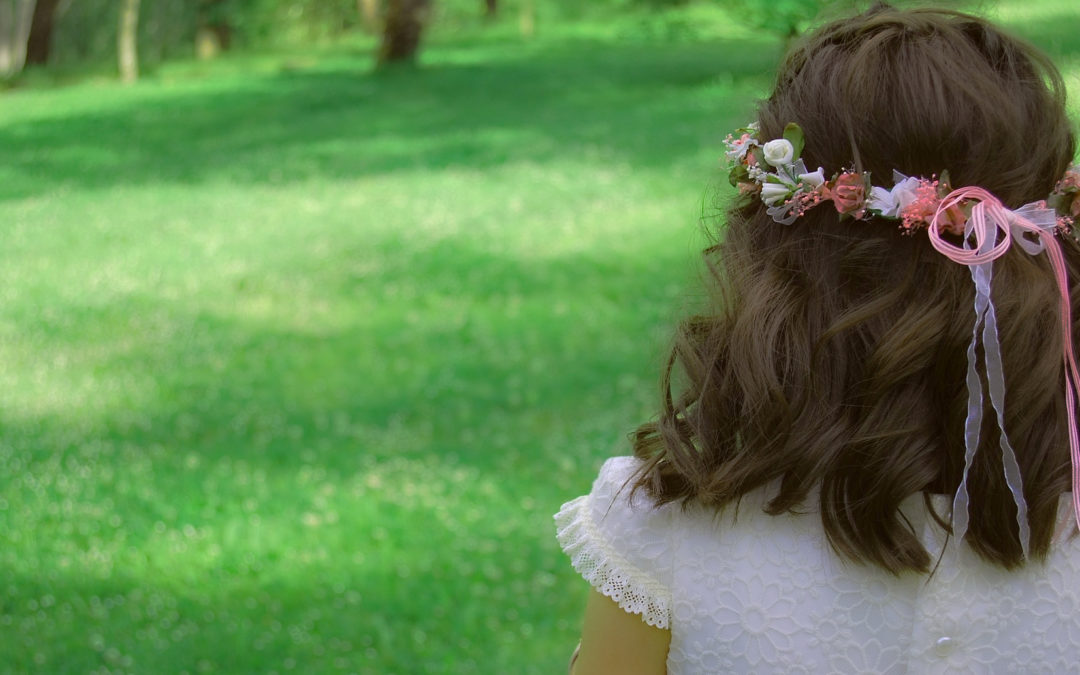


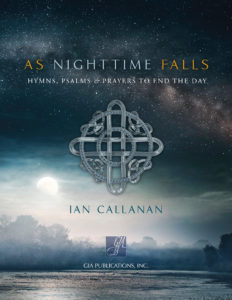
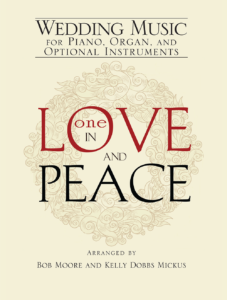
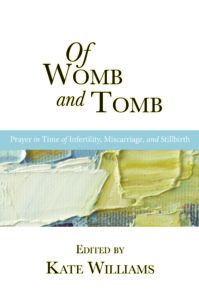
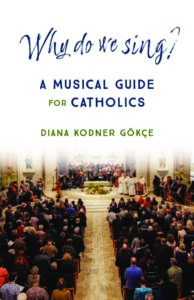
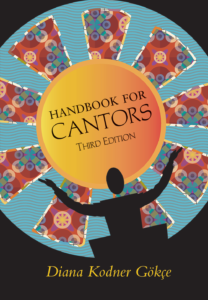
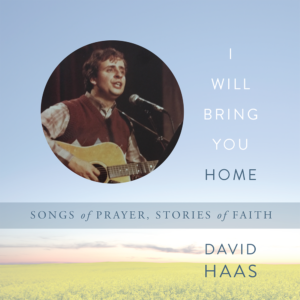
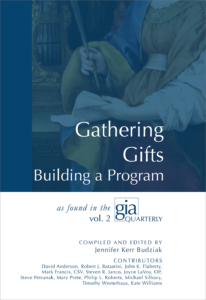
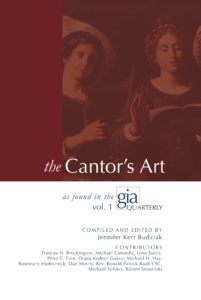
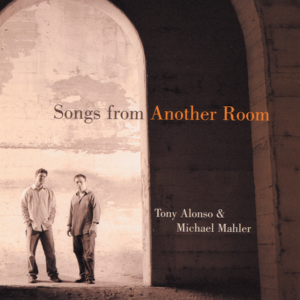
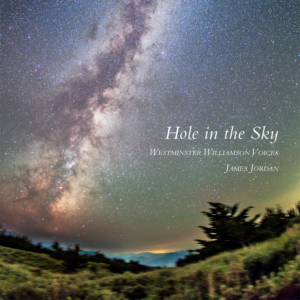
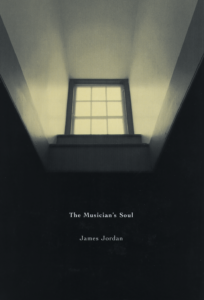

Our parish does not distribute the cup to the children. In fact our former pastor discouraged anyone drinking from the cup until 18 years old. Crazy!
I’m not sure I would agree that it’s crazy per se, but it is a little sad. In my experience, parishes that do encourage the cup for children generally have gone through a real discernment process weighing the theological richness of receiving under both forms alongside the cultural misgivings about children and alcohol of any kind. Most parishes, in my experience, end up leaving the choice to parent and child and inviting that conversation at home–which I personally think is a good compromise.